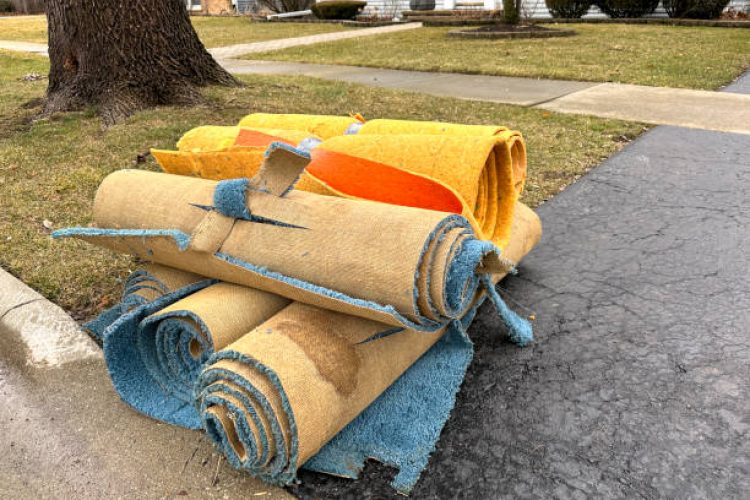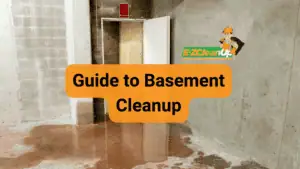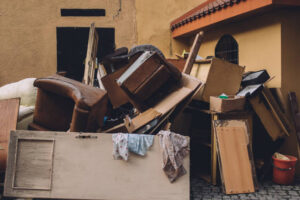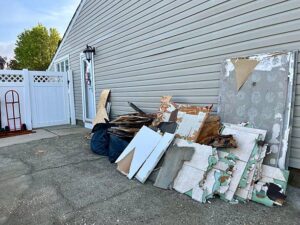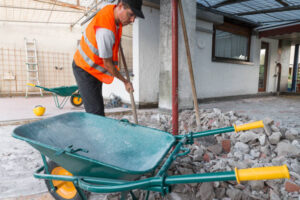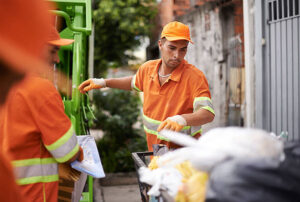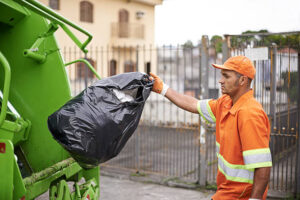Every year, millions of mattresses end up in landfills, taking up precious space and releasing harmful chemicals into the environment. In the United States alone, approximately 18.2 million mattresses are discarded annually, with only 19% being recycled. The good news? More than 75 percent of a mattress can be recycled, making mattress recycling one of the most effective ways to reduce waste and protect our planet.
Why Mattress Recycling Matters
The Environmental Crisis
An estimated 20 million mattresses are thrown into landfills each year, equivalent to 132,000 square miles of landfill space. This staggering amount of waste creates multiple environmental problems:
Space Consumption: The average mattress weighs 65 pounds and occupies 23 cubic feet of landfill space, and these bulky items don’t compact easily, making them particularly problematic for waste management facilities.
Chemical Contamination: Many older mattresses contain toxic flame retardants, adhesives, and volatile organic compounds (VOCs) that can leak into the air, soil, and groundwater when left to decompose in landfills.
Decomposition Time: It can take up to 100 years for a mattress to decompose in a landfill, making them a long-term environmental burden.
Economic and Social Benefits
Beyond environmental protection, mattress recycling creates meaningful economic opportunities. Mattress recycling creates green jobs and supports local economies, as specialized recycling facilities employ workers to dismantle, sort, and process used mattresses. Each mattress is broken down by hand by employees, contributing to the creation of local jobs, often providing employment opportunities for individuals facing barriers to traditional work.
The Mattress Recycling Process: Step-by-Step
Understanding how mattress recycling works can help you appreciate the complexity and value of this sustainable practice.
1. Collection and Transportation
Mattresses are collected through curbside pickup, drop-off points, or take-back programs offered by retailers. Partnerships with local governments, retailers, charities, and other stakeholders help maximize the capture of discarded mattresses.
2. Inspection and Sorting
Once mattresses arrive at recycling facilities, workers assess the condition and materials of each mattress to determine the best approach for dismantling and recycling. Workers identify the materials used in each mattress, such as metal coils and springs, foam layers, wood frames, and fabrics.
3. Manual Disassembly
The facilities that dismantle mattresses for recycling are still mostly manual operations, with employees using utility knives, cutting, ripping and separating bedding components into piles. Approximately 90% of the disassembly process is manual, though automation may increase as demand for recycling services grows.
4. Material Separation
Sorting happens based on the main material types: metal coils and springs are set aside to be compacted and melted down, foam layers are shredded and repurposed, and fabrics and fibers go through cleaning and processing for reuse in textiles.
What Happens to Recycled Mattress Materials?
Each component of a recycled mattress gets a second life:
Metal Springs and Frames: Metal springs and frames are recycled as scrap metal and can be used to manufacture new appliances and building materials.
Foam Padding: Foam padding is primarily recycled into carpet underlayment. Certified mattress recycling programs can make foam into carpet padding, foam inserts used for gymnastics mats and even roofing material.
Fabric and Fibers: Fabric and fibers are repurposed for furniture manufacturing, soundproofing, and industrial oil filters.
Wood Components: Wooden box spring frames are shredded for mulch, livestock bedding, or used as alternative fuel sources in manufacturing.
State Mattress Recycling Programs
Several U.S. states have implemented comprehensive mattress recycling programs:
California and Connecticut established statewide mattress-recycling schemes in 2015, Rhode Island followed in 2016, and Oregon became the fourth US state to implement a mattress-recycling program as of January 1.
About 80% of discarded mattresses in California are now recycled through the program, demonstrating the effectiveness of organized recycling initiatives.
The Mattress Recycling Council operates the Bye Bye Mattress program in these states, where a person can recycle their mattress for free.
How to Recycle Your Mattress
Ready to recycle your old mattress? Here are your options:
- Check Local Programs: Visit Bye Bye Mattress if you live in California, Connecticut, Rhode Island, or Oregon for free recycling options.
- Find Recycling Centers: Use Earth911’s directory to locate mattress recycling facilities near you.
- Retailer Take-Back: Many mattress retailers offer take-back programs when you purchase a new mattress.
- Municipal Collection: Contact your local waste management to inquire about mattress collection services.
- Private Recycling Services: Independent mattress recycling companies operate throughout the country and may offer pickup services.
Important Considerations
What Not to Recycle: If your mattress has mold or bed bugs, do not recycle it, as it can be a health risk to mattress recycling employees.
Verify Recycling: Ask the recycler what happens to the mattress to ensure it is being recycled and not simply ‘disposed of’.
Innovative Recycling Technologies
The mattress recycling industry continues to evolve with new technologies. Edge Global Innovation developed a new process that converts polyurethane foam into moldable elastomers with excellent properties, resulting in products formulated for use in applications including shoe soles, gaskets, rubber mats, rubber hoses, marine dock bumpers and many other end uses.
Making a Difference
Mattress recycling systems ensure that more than 90% of a mattress or box spring can be reused in the circular recycling economy. By choosing to recycle your old mattress instead of sending it to a landfill, you’re contributing to resource conservation, reducing environmental pollution, and supporting local green jobs.
The next time you’re ready to upgrade your mattress, remember that recycling your old one is a simple action with far-reaching environmental benefits. Together, we can keep millions of mattresses out of landfills and build a more sustainable future.
References:

